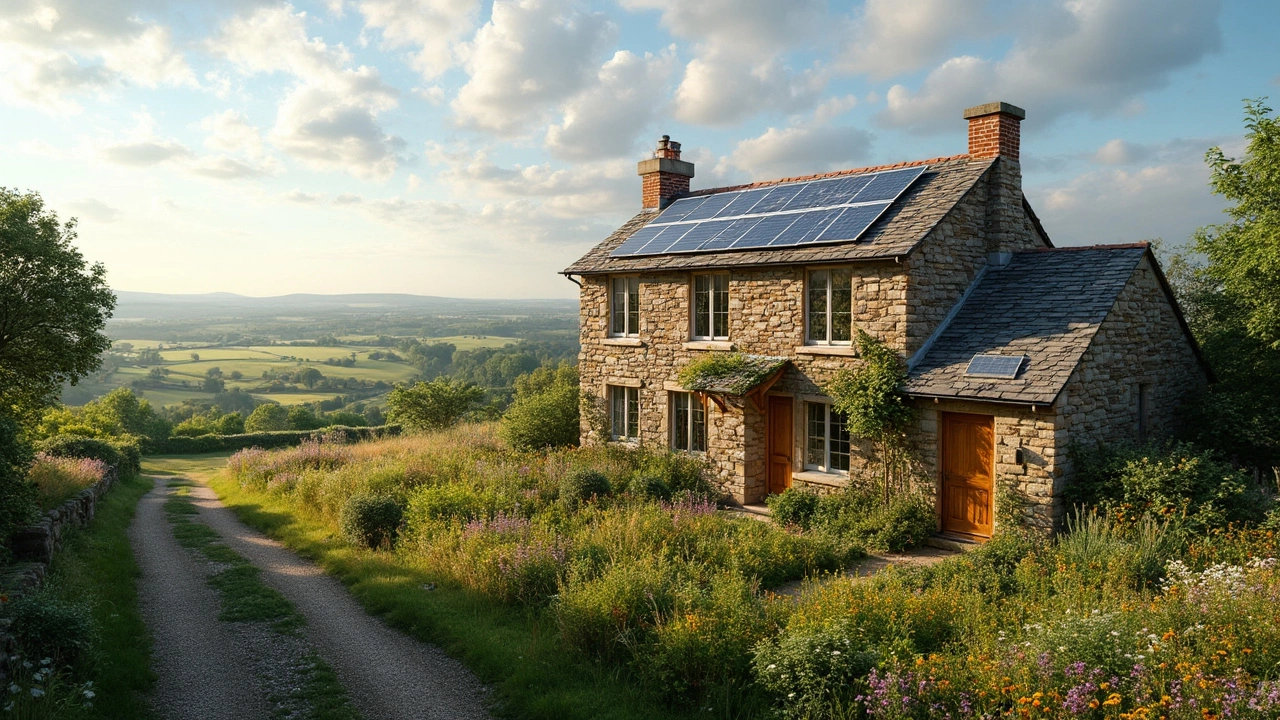
Natural Insulation – Simple Ways to Keep Your Home Warm and Green
If you’re looking to lower heating costs and shrink your carbon footprint, natural insulation is a solid place to start. Unlike synthetic foam or mineral wool, natural options come from renewable resources, work well in most climates, and are often easier to handle yourself. Below you’ll find the basics on why natural insulation matters, which materials work best, and a few DIY tricks you can try this weekend.
Why Choose Natural Insulation?
First off, natural insulation helps the environment in two ways. It’s made from plants, animals, or recycled waste, so the production process emits less CO₂ than petro‑based foams. Second, many natural materials are breathable, meaning they let moisture escape instead of trapping it, which reduces mold risk and keeps indoor air healthier.
People also love natural insulation because it’s often cheaper or comparable in price to conventional options, especially when you source locally. If you live near a forest, for example, sheep’s wool or wood fibre can be bought in bulk at a discount. Plus, most natural insulators are recyclable or biodegradable, so you avoid adding more waste to landfills when it’s time for a renovation.
Top Natural Insulation Materials
Sheep’s Wool: Wool is a star player. It traps air in its crimped fibers, giving great R‑values, and it can absorb moisture without losing its insulating power. It’s also fire‑resistant when treated and works well in attics, walls, and floors.
Cork: Cork comes from the bark of cork oak trees and can be used as panels or rolls. It’s lightweight, resists rot, and creates a quiet, comfortable interior. Cork panels are perfect for snug rooms or under flooring.
Cellulose: Made from recycled newspaper treated with non‑toxic fire retardants, cellulose is blown into wall cavities. It fills gaps well, which means fewer cold spots. It’s one of the most budget‑friendly natural options.
Hemp Insulation: Hemp fibers are strong, breathable, and naturally pest‑resistant. Hemp batts are easy to cut and fit, making them a good DIY choice for new builds or retrofits.
Wood Fibre Boards: These rigid boards are great for exterior walls or under roofs. They provide solid R‑values and can be left exposed for a rustic look if you like the aesthetic.
When picking a material, think about the area you’re insulating, local climate, and any health considerations. For example, if you have allergies, choose wool that’s been washed to remove lanolin, or go with hemp which is hypo‑allergenic.
Installation tips: always wear a dust mask and gloves, especially with loose‑fill options like cellulose. Seal any gaps around windows, doors, and ducts before you start, because air leaks will undo the work you put into insulation. If you’re unsure about building codes, a quick call to your local council can save you headaches later.
Finally, remember that natural insulation works best when paired with good ventilation. A balanced system keeps moisture from building up and lets fresh air in, preserving both comfort and the health of the building envelope.
Natural insulation isn’t just a buzzword—it’s a practical, affordable way to make your home cozier and greener. Pick a material that fits your budget and style, follow the simple installation steps, and enjoy lower energy bills while doing a favor for the planet.
